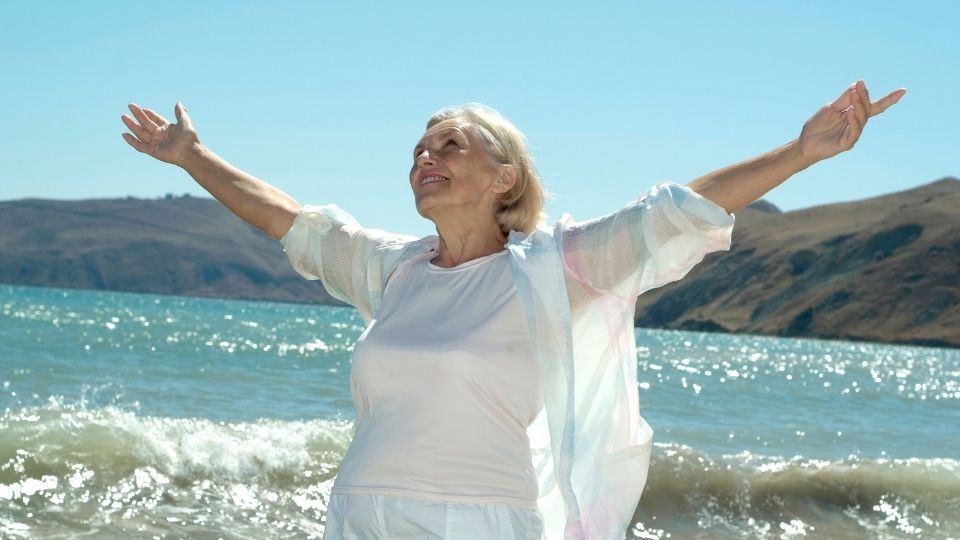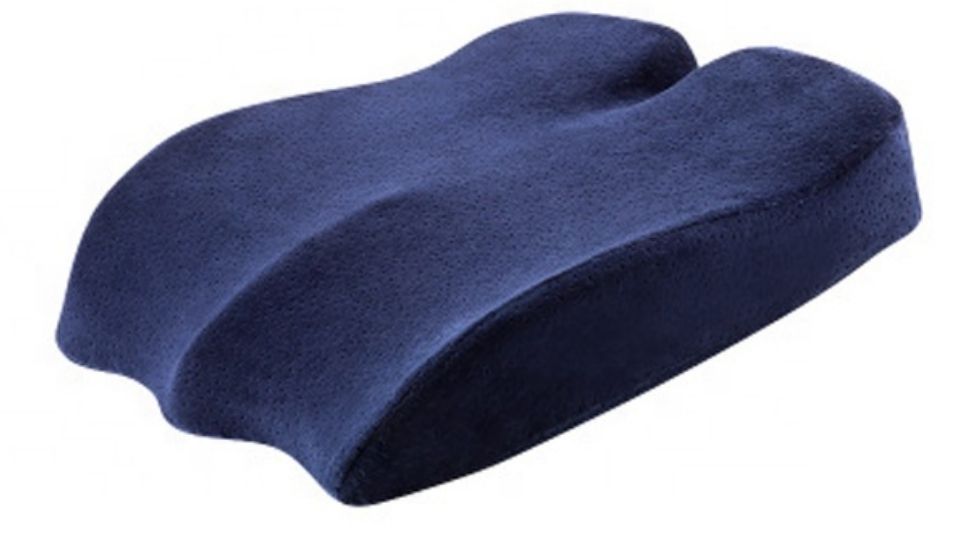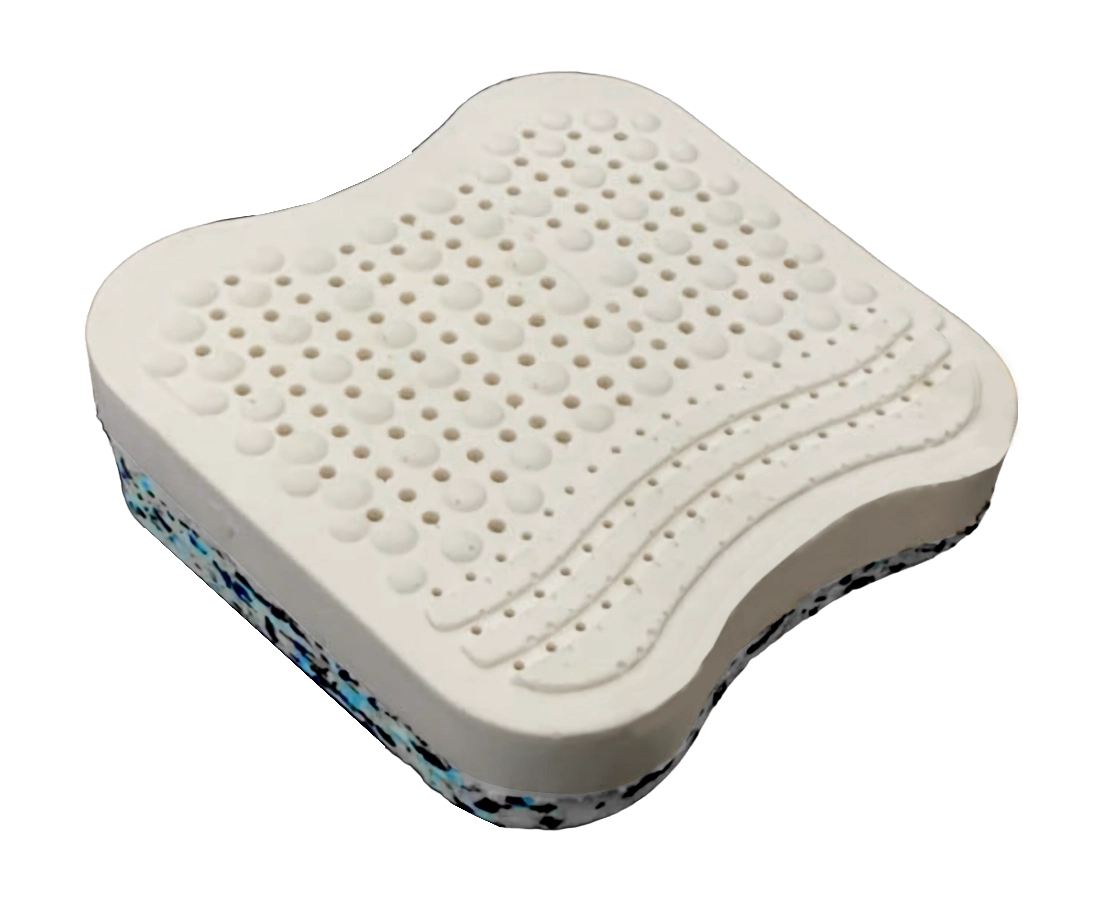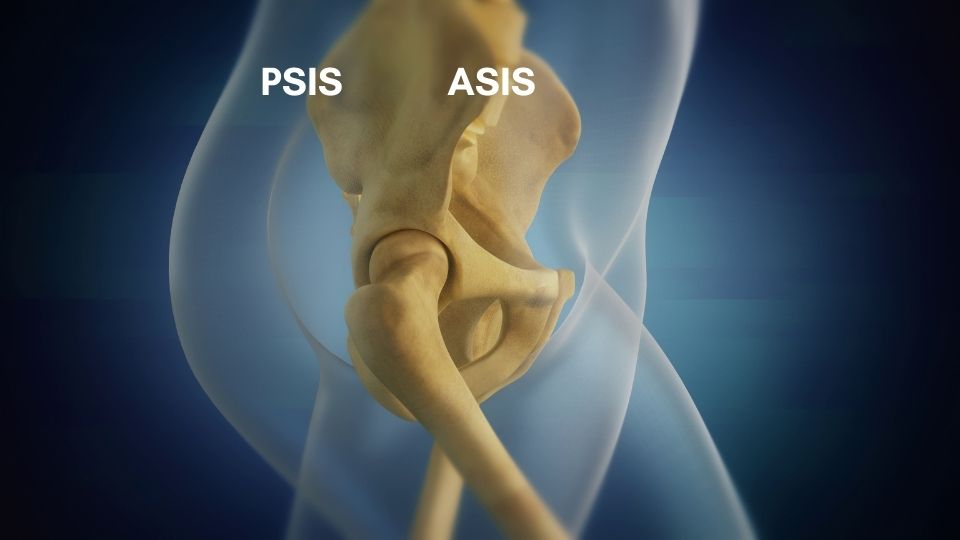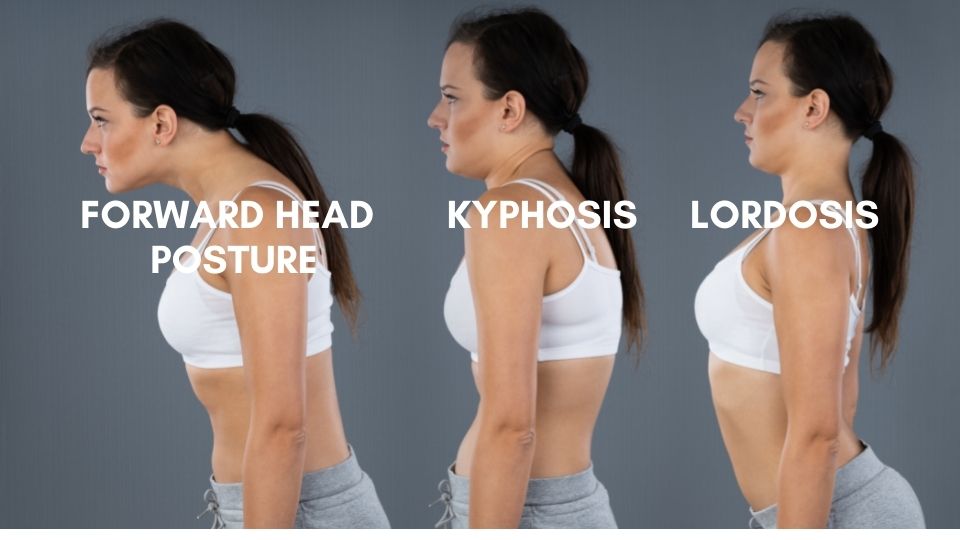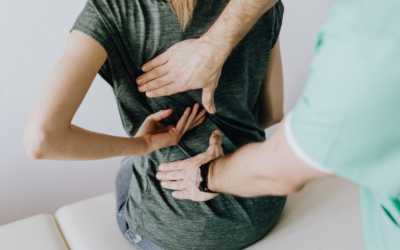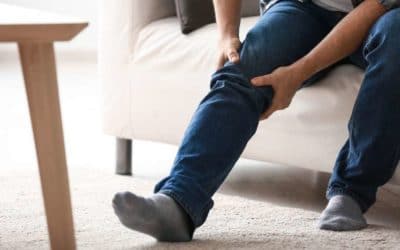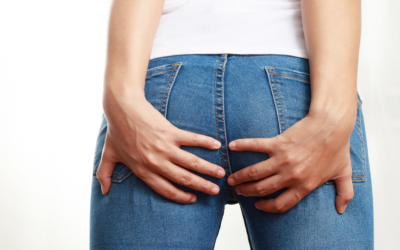Choosing The Best Chair for Elderly People
When it comes to finding the best chair for elderly people, there are a lot of things to consider. It’s important to find a chair that will provide both comfort and support, while also being safe and easy to use. In this blog post, we’ll discuss some of the key factors you should keep in mind when choosing a chair for an elderly loved one. We’ll also recommend some of our favorite chairs that fit the bill! So if you’re on the hunt for the perfect chair for your elderly loved one, read on!
As a general rule, the best chair for the elderly is one that can be adjusted for seat height, lumbar support, seat depth, and forward tilt. Maintaining a correct posture for the elderly requires a seat material that holds the lower back properly and distributes weight evenly.
Here is why you need to read this article: A large part of my chiropractic practice was helping elderly people who were suffering from back pain and other biomechanical issues. I’m also trained as an ergonomist; published a book on posture; spoke on this subject on national tv, designed an orthopedic mattress and neck pain pillow ran a successful Kickstarter campaign on posture correcting devices. Therefore, I can help you to stay comfortable and pain-free when choosing the best chair for the elderly.
Complete Guide to Elderly Seating
A good foundation is the first thing you do when building a house. Without foundations, a house could lean or collapse. The same applies to seating. It is important to understand the parts of your body involved in sitting correctly, mainly your pelvis and spine.
All Day Comfort & Support
Chairs for the Elderly: 5 Key Chair Features
To be comfortable, a chair needs four main components: height, seat depth, forward tilt, and reclining. It is important that the chair they choose has a high enough backrest to prevent their lower back from sagging forward while they sit. As a result of this, back strain can be reduced.
If you are into super easy and inexpensive alternatives to office chairs, I wrote a fantastic article on how and why you should consider these options for back pain and I encourage you to read it!
Black Friday: 35% Off Today
Typical Delivery 1-3 Days
Check Your Seat Depth
It is especially important to pay attention to the seat depth for back pain sufferers since it will influence how they maintain a neutral spine, as well as how pressure points will be distributed on the ITs. Modern chairs usually feature a depth adjustment that can be interchanged. According to the rule of thumb here, the larger the surface area, the more comfortable it will be.
Allow yourself a little space between the edge of your seat and the back of your knees. We don’t want to cause any discomfort to the circulation!
Get Your Seat Height Right
Seat height is a key factor in chair comfort. For people with back pain, it is essential not to slouch forward when seated. Getting the seat height correct is the easiest way to make sure that your PSIS is slightly higher than your ASIS. Make sure that you keep your feet firmly planted on the floor and adjust your seat height accordingly.
Forward Tilt
In preventing chronic low-back pain, having a chair with an adjustable forward tilt feature can be beneficial. As you sit for extended periods, it’s common for the hips to slouch. Tilting the seat forward can help to correct this posture. This can improve the ratio of hip bones, engage the pelvic floor muscles, and align the spine naturally.
All Day Comfort & Support
Great Lumbar Support
It is extremely important for ergonomic chairs to provide support for the lower back. When sitting for long periods without support, the lumbar spine may develop a ‘hunched’ curve. This leads to slouching and straining of the lower spine structures.
Your Chair Must Recline
Last but not least, we should consider how well it accommodates other postures, like leaning back or reclining. Your perfect posture is one that moves!
People who suffer from low-back pain and lean forward when sitting (such as many people) will put a lot of pressure on their spinal disks, which may cause back pain. In order to achieve a perfect posture, intermittent reclining is necessary.
What if Your Chair Does Not Have These Features?
This is so simple! Ergonomic sitting wedges can aid in creating better alignment between the upper body and legs. These cushions are designed to help pull the spine inward and tilt the pelvis forward. This can help reduce stress on the spine, improve stability, and make it easier to sit upright without putting unnecessary stress on joints, discs or ligaments.
Best Seat Cushions for Elderly People
It’s true that elderly seat cushions can have health benefits, but they’ve been exaggerated. There is little to no research that supports claims that certain seats help relieve back and hip pain or even arthritis; however, many manufacturers make such claims. I was surprised how similar cheap memory foam seat cushions with FAKE REVIEWS were on Aliexpress from the listing on Amazon!
Important Seat Cushions Features:
Here are the features you should look for in a seat cushion if you are elderly:
Comfortable
As a chiropractor, I cannot overstate the importance of comfort! Until you’re seated in an uncomfortable chair, many people do not realize the importance of this. However, if you have a cushion that is too thin, hard, and the wrong shape for your bottom, you will notice how uncomfortable it feels and wish you had something better.
Black Friday: 35% Off Today
Typical Delivery 1-3 Days
Durable
A seat cushion’s foam content plays a vital role in how comfortable and long-lasting it will be for elderly people. In most cases, the quality of foam determines how long a foam cushion lasts. A foam’s density (weight) is often considered to be a measure of its quality. Generally, the higher the weight, the better the foam. The foam used in seat cushions comes in several different types such as memory foams, natural latex foams, and Gel foams.
Good foam
The ultimate foam in terms of comfort, resilience, and alignment is Natural Latex Foam.
More layers are better
Foam layers should be present in your seat cushions. There are usually two layers of material beneath the seat cushion, one that provides support and the other one that relieves pressure
Ergonomic shape
The ergonomically shaped contours of a wedge cushion will help you maintain good posture when you sit.
Avoid memory foams
As a chiropractor, I do not recommend them for people with back issues because they aren’t ideal. As opposed to natural latex which is derived from tree sap, memory foam does not have springiness (resiliency); it bottoms out; traps heat, and is made from toxic materials.
What is the Best Seat Cushion for the Elderly?
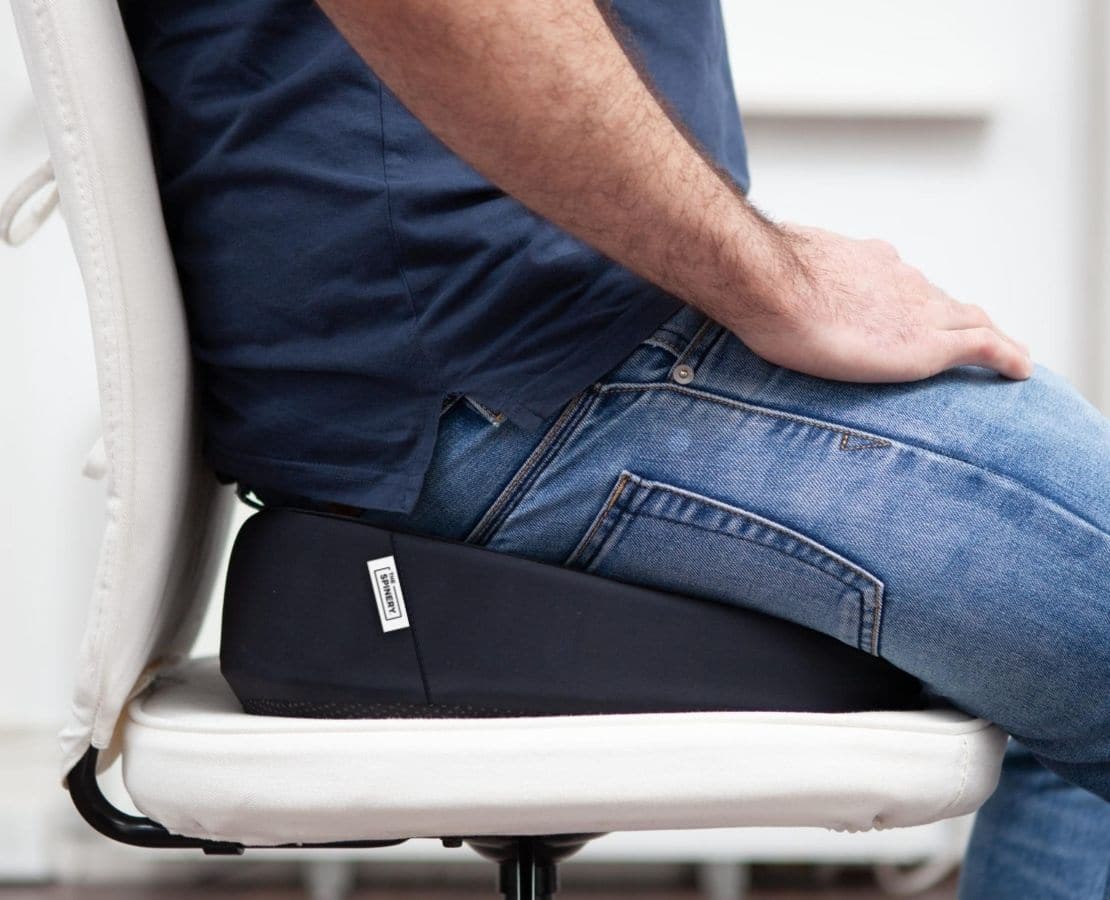
As a chiropractor, I understand the importance of proper seating for the elderly, particularly in relation to back pain. I have tried various seat cushions over the years in search of one that would provide comfort and support for my patients, but I never found the perfect solution.
Eventually, I decided to design my own orthopedic seat cushion. After numerous prototypes and testing, I came up with a design that worked well. The cushion is made of high-density foam, contoured to provide support for the lower back, which helps to reduce pressure on the spine and promote proper alignment. It also has a cover that is soft to the touch and easy on the skin. If you are looking for a seat cushion that will provide superior comfort and support, I recommend giving it a try.
As a doctor, I have come across many patients who have complained of back pain. In an effort to help them, I decided to create a product that would provide relief. After testing different prototypes, I finally developed a seat cushion that met my expectations.
The orthopedic seat cushion is made from natural latex, which is more supportive than other types of foam and helps to keep the spine aligned. Additionally, the cushion is covered in a 4-way stretch vegan leather for comfort and durability. Many of my patients have found relief from back pain with this cushion, and I recommend it to anyone experiencing back pain.
I explain the concept of my design on a TV show HERE
Your Anatomy Explained Simply
Your Pelvis
Sitting is founded on the pelvis, like the foundation of your house. Good posture starts at the pelvis, and how the pelvis is positioned determines how the spine and legs are positioned.
I want you to examine your pelvis while you are sitting right now. There are some bony prominent points on your pelvis that can give you a sense of what it is going through. There are two:
Place your hand along the front of the hip and look for the Iliac crest. ASIS is visible when seated as a prominent bump above the thigh bone. In the back, just above the buttock, lies the PSIS. Indents can usually be seen and felt underneath the buttocks.
An ideal position is for the PSIS to be slightly higher than the ASIS, with a slight forward tilt of the pelvis (called a minor anterior pelvic tilt). The important thing to note here is that some people have a fixed pelvis, which prevents them from getting the correct alignment.
This is a key area of the body, and it’s important to know what you need to look for. There are two other points that can be found at the base of the pelvic region – Ischial Tuberosities (ITs). They are often called ‘sit bones,’ because when we sit on them they become very sensitive! When sitting with posterior pelvic tilt (slouching), or leaning on one side more than another, your ITs will tell all. These small parts show if there’s too much pressure in certain areas or not enough support from underneath; these factors may even lead to postural instability over time.
Your Spine
You have 24 bones in your spine, which surround the spinal cord. A vertebra is connected by tiny joints called facets. Discs filled with jelly-like substances serve as cushions between the discs. The spine is stabilized by ligaments that resemble ropes.
Along with the pelvic posture, we have to consider the spinal alignment in your sitting posture. A misaligned spine can present in three ways:
Lordosis
This condition is characterized by an increased forward low back curve and forward pelvic tilt. A weakened abdominal muscle, tight hip flexors, or a tight hip flexor can cause back pain.
Scoliosis
Scoliosis can occur as either a C or an S shape and is usually accompanied by an exaggerated pelvic tilt. The severity of scoliosis can lead to serious complications, including damage to internal organs and ribcage issues.
Kyphosis
Associated with a backwards tilt of the pelvis, a kyphotic spine can be identified by hunching forward of the upper back.
Elderly Seating Summary
An ideal seated position is one in which:
- Weight is evenly distributed between the two ITs. ( ischial tuberosities are rounded bones that extend from the ischium)
- Pelvis tilt is slightly anterior.
- The Head and hips are in balance and aligned.
- Resting feet in a neutral position.
In this position, there is a stable centre of gravity, the weight is balanced, and the person stays stable or secure in their chair with the least amount of effort.
Conclusion
The best chair for the elderly can help with back and neck pain. It’s important to mention that sitting down too much, or improperly, can cause injury as we age. But there are solutions!
For information on ergonomic chairs visit our blog post “The Best Chair for Elderly” where you’ll find in-depth guidance about how to choose a good chair. We also have useful tips on exercises and stretches that will keep your body healthy while seated at work all day long.”

